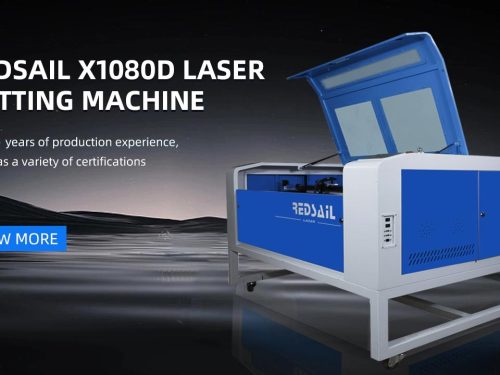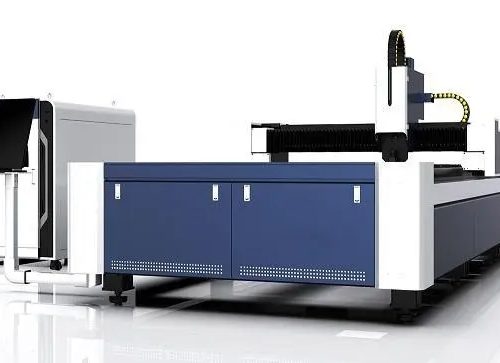
How is the cutting effect of laser cutting machine affected by auxiliary air pressure, laser power, cutting speed, focus position and other parameters? The following REDSAIL laser will give you a detailed answer.
Effect of auxiliary air pressure
In laser cutting, auxiliary air pressure plays a role in blowing away slag, cooling materials, and assisting combustion. Auxiliary gas includes oxygen, compressed air, nitrogen and inert gas.
Oxygen can participate in metal combustion, which can improve cutting efficiency, and is suitable for most metal cutting; Inert gas and air are suitable for cutting some metal materials (such as aluminum alloy) and non-metallic materials to prevent material burning.
REDSAIL laser specially reminds you that if the air pressure of the auxiliary gas is too high, eddy currents will appear on the material surface, which will weaken the ability to remove molten materials, leading to the widening of the kerf and the roughness of the cutting surface; If the air pressure is too low, the melt cannot be completely blown away, and the lower surface of the material will stick with slag. Therefore, the auxiliary gas pressure shall be adjusted during cutting to obtain the best cutting quality.
Influence of laser power
Laser power has great influence on cutting speed, kerf width, cutting thickness and cutting quality. The power depends on the material characteristics and cutting mechanism. For example, materials with high melting point (such as alloy) and high reflectivity of cutting surface (such as copper and aluminum) require higher laser power.
REDSAIL Laser specially reminds you that there is a laser power with the best cutting quality in laser cutting processing. Under this laser power, there may be no penetration or slag hanging; Above this power, it will overburn.
REDSAIL laser production workshop
Effect of cutting speed
The ideal cutting speed will make the cutting surface appear relatively stable lines, and the material section is smooth without burrs. When the auxiliary gas pressure and laser power are fixed, the cutting speed and the kerf width show a nonlinear inverse relationship. When the cutting speed is relatively slow, the action time of laser energy in the kerf is prolonged, which leads to the increase of the kerf width, or the width below the kerf is too wide, and the cutting quality and production efficiency will be greatly reduced.
REDSAIL laser specially reminds you that the action time of the laser beam energy on the workpiece will be shorter when the cutting speed is accelerated, which will reduce the heat diffusion and heat conduction effects, thus reducing the width of the cutting seam. But when the speed is too fast, the workpiece material to be cut will be unable to cut through due to insufficient cutting heat input.
Influence of focus position
The focus position is the distance between the laser focus and the workpiece surface, which directly affects the section roughness, the slope and width of the kerf, and the adhesion of the molten residue. If the focus position is too advanced, the heat absorbed by the lower end of the workpiece to be cut will increase. When the cutting speed and auxiliary air pressure are fixed, the material to be cut and the melted material near the cutting seam will flow as liquid on the lower surface. After cooling, the melted material will adhere to the lower surface of the workpiece as a ball; If the position lags behind, the heat absorbed by the lower end face of the material to be cut will be reduced, so that the material in the cutting seam cannot be completely melted, and some sharp and short residues will be stuck on the lower surface of the plate.
REDSAIL Laser specially reminds you that in general, the focus should be on the workpiece surface or slightly lower, but different material requirements are different. When cutting carbon steel, the cutting quality is good when the focus is on the plate surface; When cutting stainless steel, the effect is better when the focus is about 1/2 of the plate thickness.










